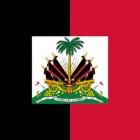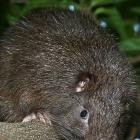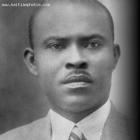ADVERTISEMENT
city
The Cathedrale des cayes, Haiti
Les Cayes significant points in history include: being named by the French administration who colonized the area, Aux Cayes, due to its closeness to Île à Vache, President of Gran Colombia, Simón Bolívar traveled to Les Cayes on December 23, 1818 to gain support for his campaign in South America, hurricanes destroyed the town first in 1781 and then again seven years later, and it has had as its residents, André Rigaud, Auguste Davezac, John James Audubon and André Corvington.
Use of Plantain tree to make Papier Mach in Casale
It can be greatly seen in the merging of Polish traditions, including religious icons, with those of Haitian descent. One such icon is Matka Boska Częstochowska. Struck by the love the Poles had for this icon, the Haitians adopted her and she became Erzulie Dantor, associated with abused women, homosexuals and lesbians, she is the protector of women and children and also the warrior spirit.
Minister of Haitians Living Abroad, Daniel Supplice and casal
A community in Cazale, 70 km to the north of the Haitian capital, known as blanc, polone is said to be where the majority of the Poles settled within the Polish city. In this area, the ratio of Haitians with blue eyes is higher and this concentration of Poles, the ethnic and cultural strains still strongly visible, has led to the community being viewed as Polish rather than Haitian. Natives from this part of Cazale are often referred to as Polish, in spirit if not in nationality.
The Town of Casal Haiti and the Polish Pope
There are many unfounded claims surrounding the town of Casale. These include reports of a visit from the Pope in 1983. While some claim he stopped at the site during his short visit, others still say there is no documentation of this. Adding to their reason for dissent, the unlikelihood of such a visit in the 10 hour visit to Haiti the pope made on March 9th. Also up for debate was whether the reports of the number of Polish defectors were greatly exaggerated to promote the cause of Dessalines and allay fears of an 'all white' massacre.
Casal and its history
Reports of the gratitude issued to Polish defectors of the Napoleonic army include the gift of citizenship to those who wished to remain in Haiti after the revolution, but they were also gifted parcels of land, given by Dessalines as well as other officers in the army. There were also reports that the Poles were the only 'whites' spared during the Koupe tet Boule kay by Dessalines and Bookman, while all others were killed.
Casal, Haiti map
At 18° 29' 0" North, 74° 25' 0" West, in Grand Anse, Haiti, one can find Casale, the largest Polish settlement within Haiti. Those interested in travel there should know that its nearest airport is the Perry Municipal Airport, approximately 41 km away. It is also near to the Les Cayes airport at 70 km and accessible from the Jacmel Airport after 200 km. The closest hotels are in Los Patos, 350 km away, and one can also stay in Santo Domingo at multiple hotels which are around 470 km away.
Polish in Casal
Approximately 5200 Poles traveled to Saint Dominque in 1802 to fight as part of the Napoleon army. It is said that they were informed of a revolt in the country, but didn't realize it was a fight for freedom until landing on Haiti's shore. After a 1772 invasion by Austria, Prussia and Russia, the Polish legion splintered into those who sympathized with the Haitians and couldn't continue to fight with the French, despite what it meant for the alliance between France and their war-torn country, and those who chose to remain loyal to the French.
Casal central point for communism
During the age of the Duvalier dynasty, Casale became a central point for communism, forcing many young men of intelligence and free thought in direct opposition with the regime. From this inevitable conflict, the massacre of many young men occurred in 1969. Orchestrated by Francois Duvalier and carried out by the Tonton Macoute, on March 29th a barricade was erected around the village and many young men were murdered. It is still viewed as one of the worst days in Casale's history.
Polish Influence in Casal
The Polish population in Haiti is concentrated largely in Casale, a small town close to Port-au-Prince. They came originally as part of the French Army in 1802 which tried to suppress the revolt. Feeling conflicted about suppressing the Haitians while their own country was embroiled in a similar struggle, some of the Poles joined the slave revolt and were awarded with citizenship after the Haitian Independence. It has led to the interesting sight of a community filled with blue-eyed Haitians.
Limbé Essential Factor in French Defeat
Limbé's part in the struggle for Haiti's freedom from French rule is owing to its location. Situated in Limbé Valley, the embracing mountains gave the slaves living there a cloak of privacy, necessary to build their army without discovery.
Limbé slaves crossed the mountains to meet with other slaves residing below Limbé. They developed camaraderie with one another and used Limbé as a preparation area for their assault upon French forces.
They were successful in driving the French out of Cap-Haitien in 1803.

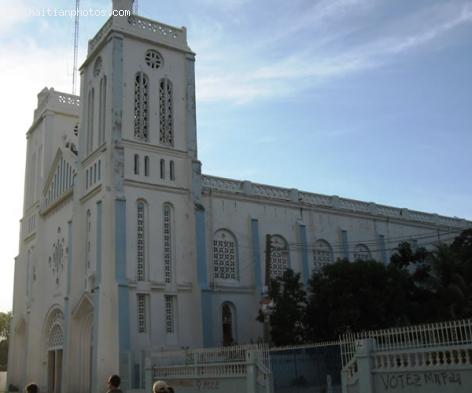

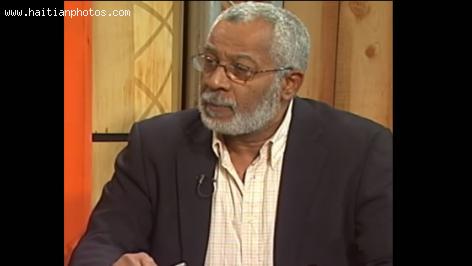
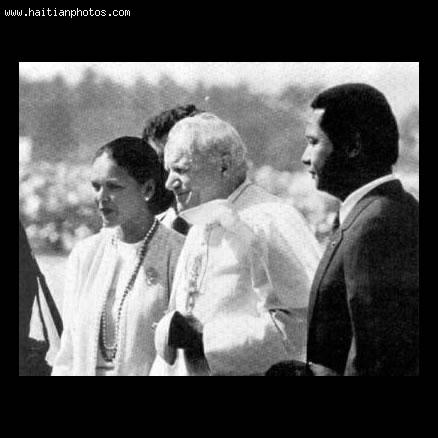
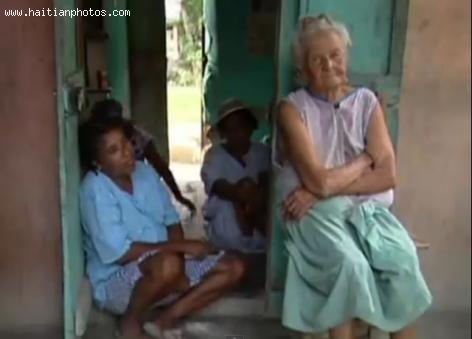
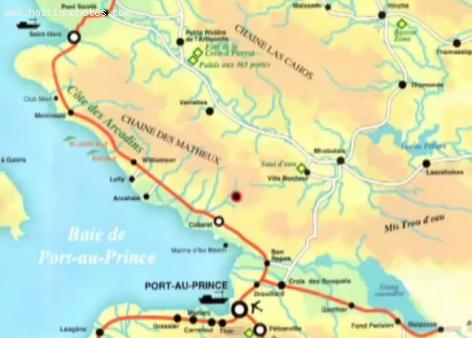
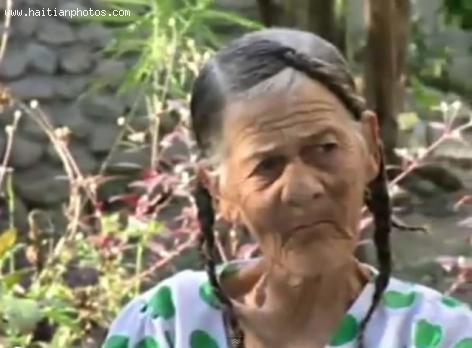
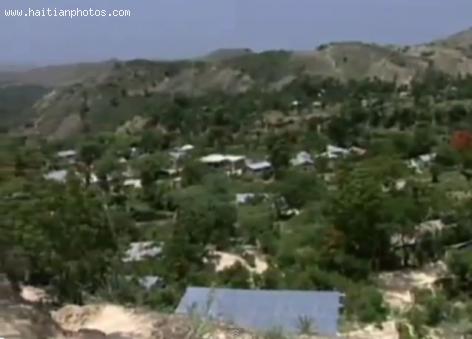

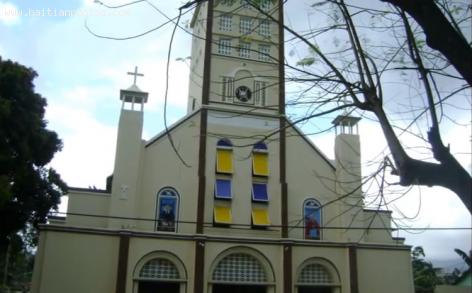
 Who will be the next president of Haiti?
Who will be the next president of Haiti?  Minister of Planification, Yves Germain JOSEPH
Minister of Planification, Yves Germain JOSEPH 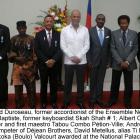 Five personalities of the Haitian musical world awarded
Five personalities of the Haitian musical world awarded 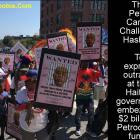 The Petro Caribe Challenge hashtag
The Petro Caribe Challenge hashtag  Haiti Street Food, manje kwit or Chin Janbe, for $1 or less
Haiti Street Food, manje kwit or Chin Janbe, for $1 or less 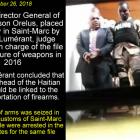 Former PNH Chief, Godson Orelus, arrested for illegal arm...
Former PNH Chief, Godson Orelus, arrested for illegal arm...  Jean Henry Céant deposited documents in Parliament for...
Jean Henry Céant deposited documents in Parliament for...  Haitiano-Japanese Naomi Osaka wins the US Open against Serena...
Haitiano-Japanese Naomi Osaka wins the US Open against Serena... 